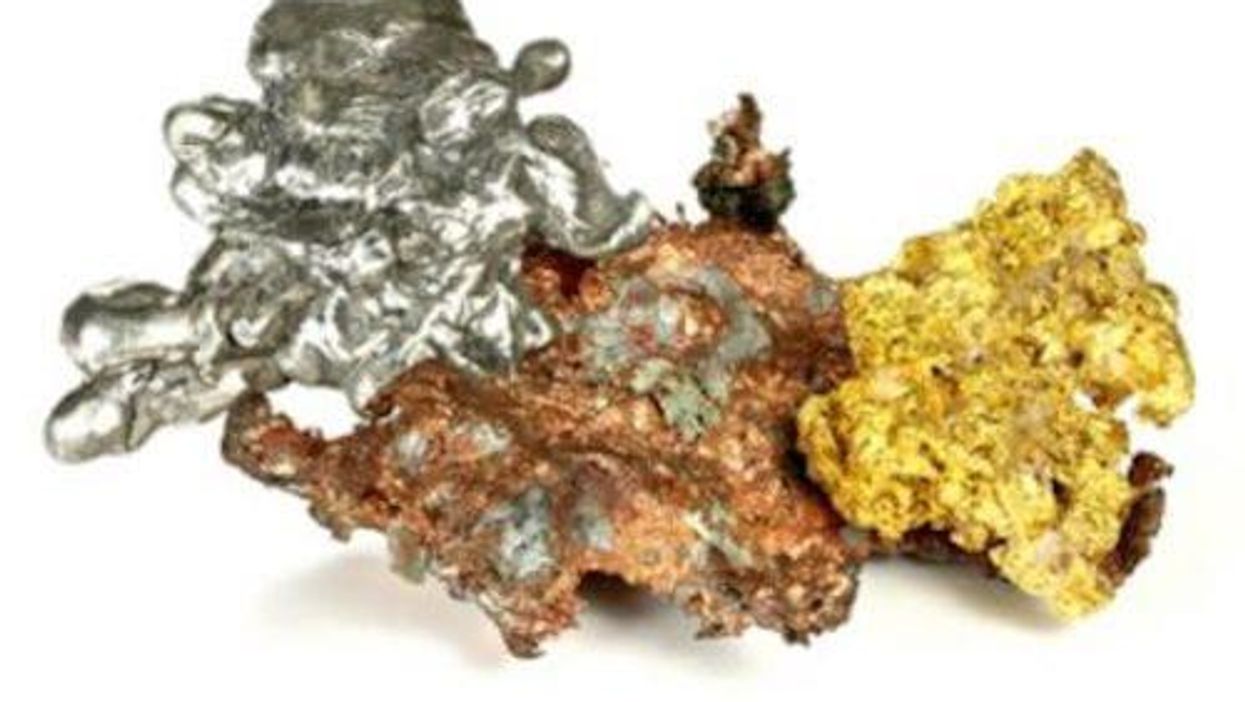The gold price reached a four week high of US$1,757 per ounce this session following a disappointing performance in March.
Gold reached a four week high of US$1,757 per ounce this session after a disappointing March. The early April rally comes courtesy of weaker 10 year Treasury yields and a lower US dollar.
After slipping to a six month low of US$1,721 on Monday (April 5), the yellow metal made two sharp gains, breaching the US$1,750 threshold on Thursday (April 8).
As the dollar and yields reversed course late in the week, gold was weighed down to US$1,745.
The headwinds from yields and a rising greenback are expected to prevent any marked gains by gold. The yellow metal’s correction period is likely to continue until the US Federal Reserve makes an announcement regarding yield curve control.
“Once that is announced, then the Fed’s balance sheet will really start to go up again,” David Erfle, editor and founder of Junior Miner Junky, told the Investing News Network.
Watch the entire interview with Erfle above.
“It’s already approaching US$8 trillion, and it’s expected to be US$10 trillion by the end of the year, but if they announce some kind of Operation Twist yield curve control program, then their balance sheet will really start to move and the gold price will really start to move up along with it.”
As of 10:57 a.m. EDT on Friday (April 9) gold was priced at US$1,747.23.
After hitting a six month high in February, the silver price spent March steadily falling lower. Values dipped to US$24.62 per ounce this past Sunday (April 4), a 60 day low. In the days since, the white metal has clawed back to the US$25 threshold.
Silver was selling or US$25.23 at 11:03 a.m. EDT on Friday.
Platinum displayed volatility for the first week of April. On Tuesday (April 6), its price opened at US$1,194 per ounce, but had spiked to US$1,239 by the day’s end.
The value range proved unsustainable and the metal ultimately pulled back. As the morning bell rang on Friday, platinum had declined to US$1,191.
Palladium rose to a year-to-date high of US$2,600 per ounce before a reversal sent it south.
Regardless of recent headwinds, the markets for both platinum and palladium are anticipated to grow as China bolsters emissions standards. The new regulations will call for car manufacturers to increase the capacity for emission-reducing catalytic converters, which use one or a mix of both metals.
Platinum was trading for US$1,194 at 11:23 a.m. EDT on Friday, while palladium was at US$2,548.
In the base metals space, prices showed positivity early in the session, then retreated on Friday.
Copper surpassed the US$9,000 per tonne mark after rallying from US$8,768 at the beginning of the week. The price swing corresponds with swelling stores at warehouses in London.
“The red metal hit a two-week high of US$9,104 on Monday but there have been steady deliveries of copper into LME warehouses over the past few days,” notes a Friday Fastmarkets report.
“A further 7,000 tonnes was delivered in Rotterdam on Friday, which follows 7,875 tonnes on Thursday across Rotterdam and Trieste.” Prices slipped to US$8,947.50 per tonne on Friday.
Zinc rose 2.2 percent for the first trading week of April. Values for the alloying metal surged to US$2,813 per tonne on Tuesday, and a second bump later in the week sent prices north of US$2,825. Friday saw zinc sitting in the US$2,827.50 range.
Nickel prices surged 5 percent, rising from US$16,001 per tonne on Monday to US$16,828 on Thursday.
“Nickel prices remain in a positive tone overall and, based on current LME investors positioning, have room to rally. But we require nickel to fill the outstanding chart gap between $16,250-16,330 per tonne, while we note broader momentum indicators risk rolling lower,” wrote James Moore, a Fastmarkets analyst. Friday saw prices decline back to US$16,595.
Lead climbed by US$20 over the shortened week. Prices held at US$1,969 per tonne to end the session.
Don’t forget to follow us @INN_Resource for real-time updates!
Securities Disclosure: I, Georgia Williams, hold no direct investment interest in any company mentioned in this article.
Editorial Disclosure: The Investing News Network does not guarantee the accuracy or thoroughness of the information reported in the interviews it conducts. The opinions expressed in these interviews do not reflect the opinions of the Investing News Network and do not constitute investment advice. All readers are encouraged to perform their own due diligence.
